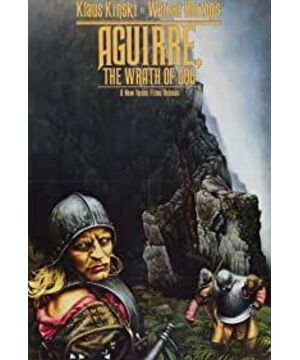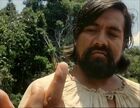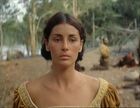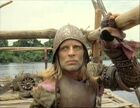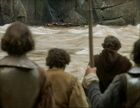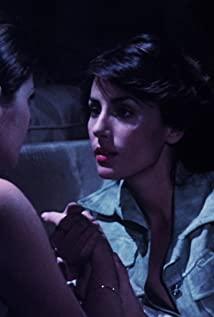The crew built a 450-person campsite near the Ourubamba River, including 270 Indians from the mountains who served as extras. During the filming, they moved to the vicinity of the Rio Vallag River, but the camp was flooded there. The shooting took about six weeks, and a whole week was lost in the middle to move the crew and actors from one tributary to another 1,600 kilometers away. In the Nane River, because the plains of the nearby jungle are flooded, the crew can only live on the wooden rafts. All wooden rafts must float more than one thousand meters behind the wooden raft they are shooting to ensure that no other wooden rafts will be photographed when shooting the curve of the river. Because there is no river embankment, they can only tie wooden rafts to protruding branches at night
.
Although Herzog can use all his money to shoot in the studio, he believes that it is impossible to shoot the realism of the tropical jungle, and some unexpected situations when shooting in a natural environment can make him use it in the story. For example, during one shot, the river rose fifteen to twenty feet, flooding the location and washing away everything, including some wooden rafts. Herzog used this detail in the film, that is, in the film, the Spaniard does not know whether to build a new wooden platoon or return to the big army.
.
On a mountain with a vertical drop of 600 meters near Machu Picchu, Herzog filmed the opening shot of the film. The crew began to transport all items, such as horses, pigs, alpacas, and cannons, to the mountain through a stone ladder path dug by the Incas from two o'clock in the morning. When they reached the top of the mountain, it rained heavily. There were more than 450 people on the mountain. The road was slippery and dangerous. Many of the Indian extras who came from 14,000 feet above sea level were dizzy. After the filming, the crew had to set up ropes along the path to protect the extras
.


